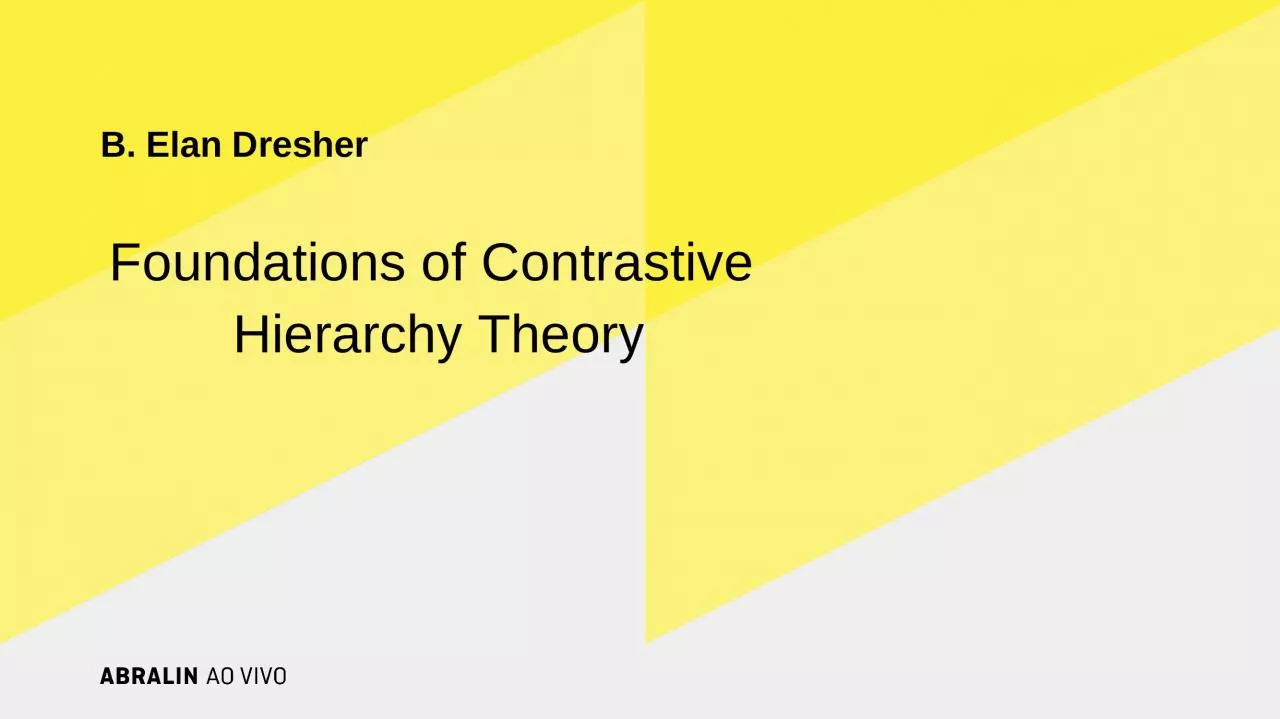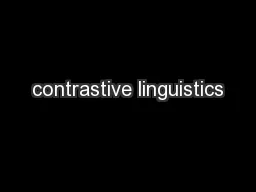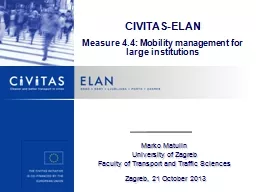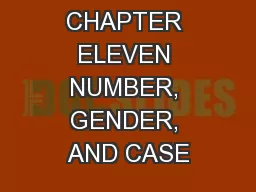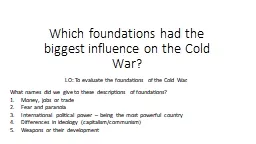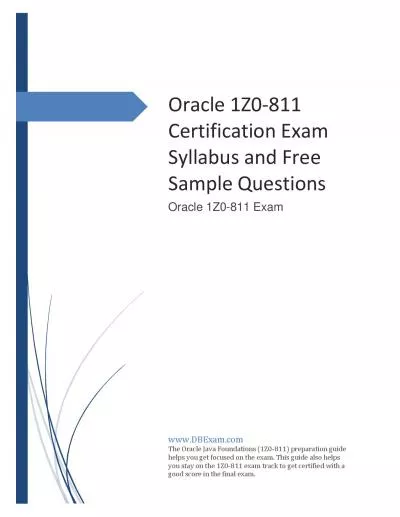PPT-B. Elan Dresher Foundations of Contrastive
Author : Tornadomaster | Published Date : 2022-08-04
Hierarchy Theory Introduction Monday 26 October 2020 Introduction Part I Historical Antecedents Part II A Theory of Contrast Conclusion 2 In this talk I will present
Presentation Embed Code
Download Presentation
Download Presentation The PPT/PDF document "B. Elan Dresher Foundations of Contrasti..." is the property of its rightful owner. Permission is granted to download and print the materials on this website for personal, non-commercial use only, and to display it on your personal computer provided you do not modify the materials and that you retain all copyright notices contained in the materials. By downloading content from our website, you accept the terms of this agreement.
B. Elan Dresher Foundations of Contrastive: Transcript
Download Rules Of Document
"B. Elan Dresher Foundations of Contrastive"The content belongs to its owner. You may download and print it for personal use, without modification, and keep all copyright notices. By downloading, you agree to these terms.
Related Documents

